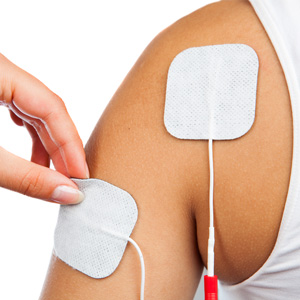Over 100 million Americans are affected by chronic pain, according to The American Academy of Pain Medicine. With the aging population, the number of people looking for pain relief solutions is set to grow. Currently, the most commonly used pain remedies are prescription drugs, OTC medications, rubs, and powered devices. According to Kline’s Nonprescription Drugs USA report, manufacturers’ sales of OTC medications are valued at almost USD 3 billion, growing at a slow pace of 1.5%. The topical analgesics account for USD 450 million, showing 12% growth. Powered pain management devices, with a market value of USD 250 million, are growing at over 20% in 2017.
The difference in growth rates reflects the shift in consumers’ preferences from internal to topical analgesics, and, eventually, to devices. Increased awareness about the prolonged use of opioids leading to risk of addiction, reduced efficacy, and side effects are also driving consumers away from prescription pain medications to proactively seek alternative pain relief therapies. According to Kline’s soon-to-be-published Pain Management Devices: U.S. Market Analysis and Opportunities, the strong growth of powered devices is driven by the increasing number of consumers seeking alternate/drug-free pain therapies, increased awareness about the efficacy of these devices, and product/technology improvements.
Reflecting the demand of the tech-savvy U.S. consumers, innovation plays a crucial role for product/brand differentiation. Companies continuously introduce new products and technologies, or their combinations, to increase the efficiency of their devices. For example, Omron introduced its Heat Pain Pro TENS unit, which combines TENS and heat technologies, providing users with multiple benefits. Marketers are pushing the boundaries of technology to bring new therapies, such as Pulsed Electromagnetic Field (PEMF) used by ActiPatch from BioElectronics Corporation and Oska Pulse from Oska Wellness.
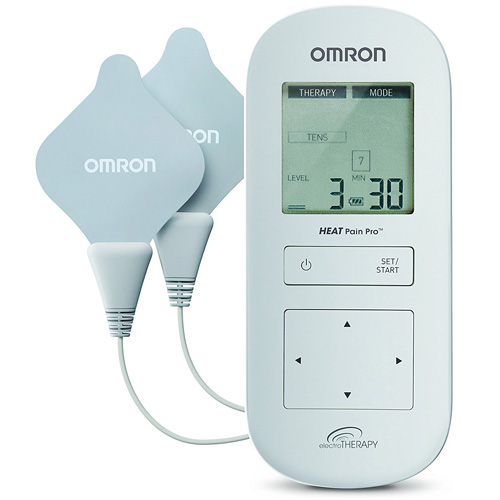
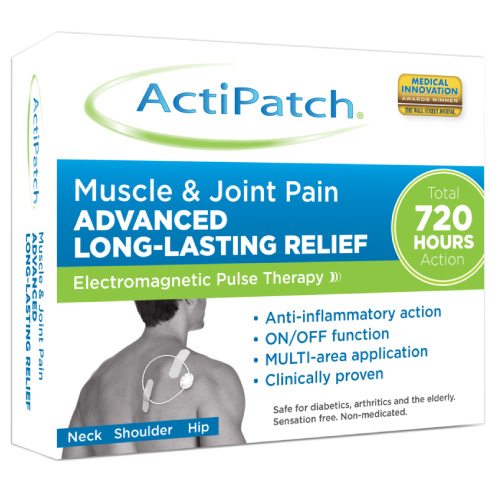
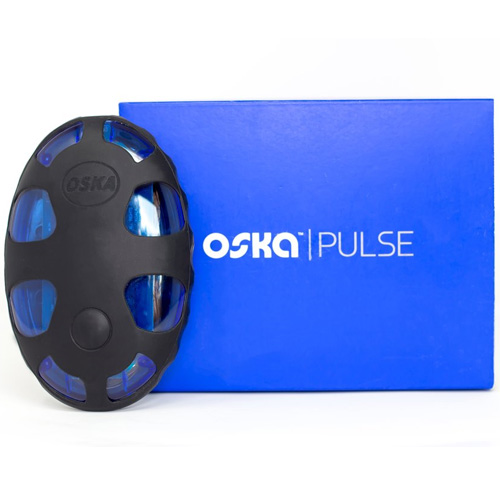
Pain relief devices are categorized based on their technology using TENS, light, heat, massage, and microcurrent technologies. TENS and light-based devices continue to lead the market due to huge acceptance among consumers and recommendations by pain-specialists. Both of these categories record double-digit growth in 2017, driven by product innovations, marketing activities, and the expansion of distribution. In 2016, Bayer entered the market with its Aleve Direct Therapy and leverages its existing internal analgesics consumer base of Aleve to swiftly consolidate its spot among the top three brands in the category.
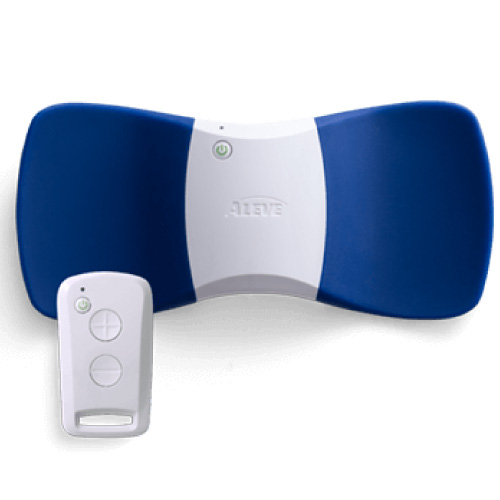
The market is also experiencing a demand for compact, wearable, and wireless devices that can be used discreetly. Marketers are responding to this demand by launching products that are rechargeable and have Bluetooth connectivity, enabling users to control the device and track therapy progress through an app on their smartphone. Furthermore, innovation in the form of multi-functional technologies is expected to bring a new wave of growth in the category. Some of the categories that have undergone combination to form multi-functional products include TENS and heat, massagers and heat, and light and microcurrent.
Learn more about the leading technologies, brands, and future of the powered pain relief devices market in the United States with our forthcoming report Pain Management Devices: U.S. Market Analysis and Opportunities. This report will help you address challenging matters, such as consumers’ preferences, sales, competition, and the impact of pain management devices on the traditional OTC market.
